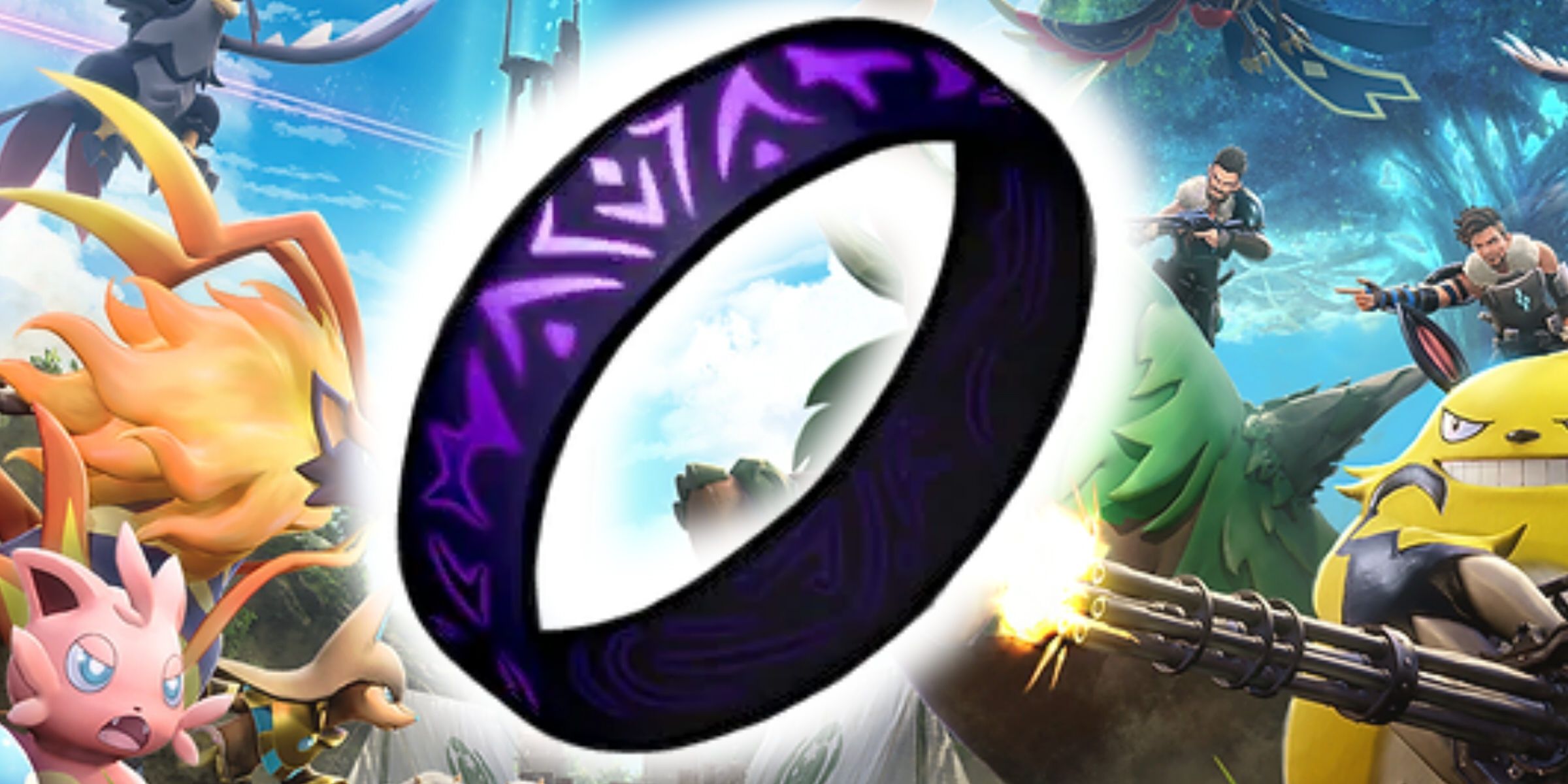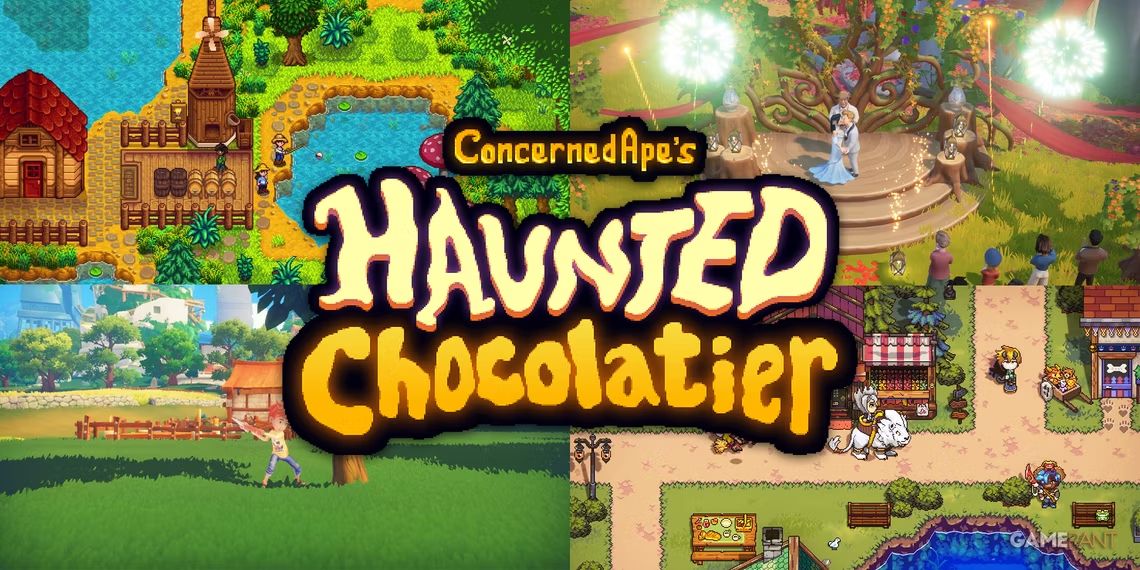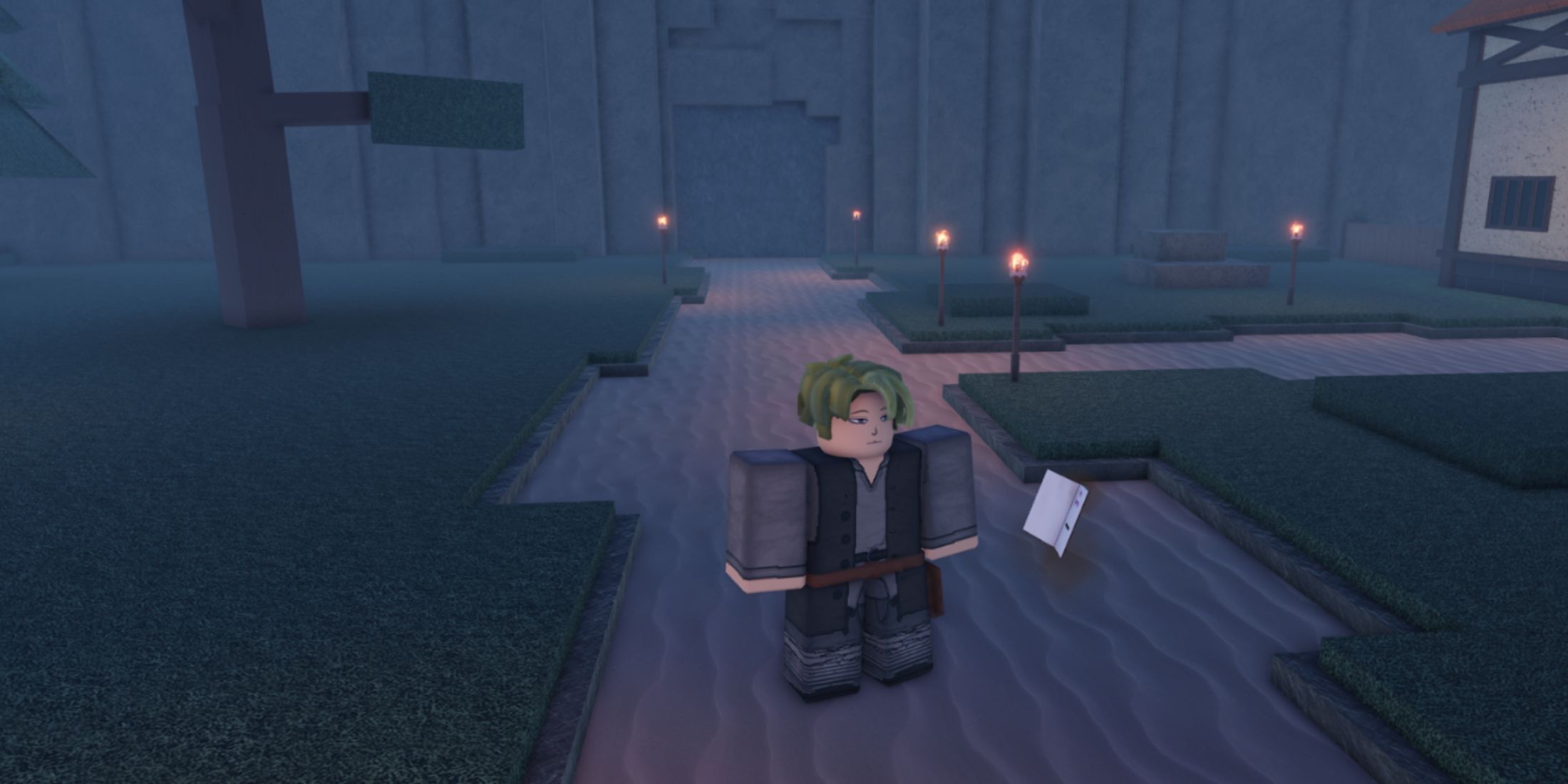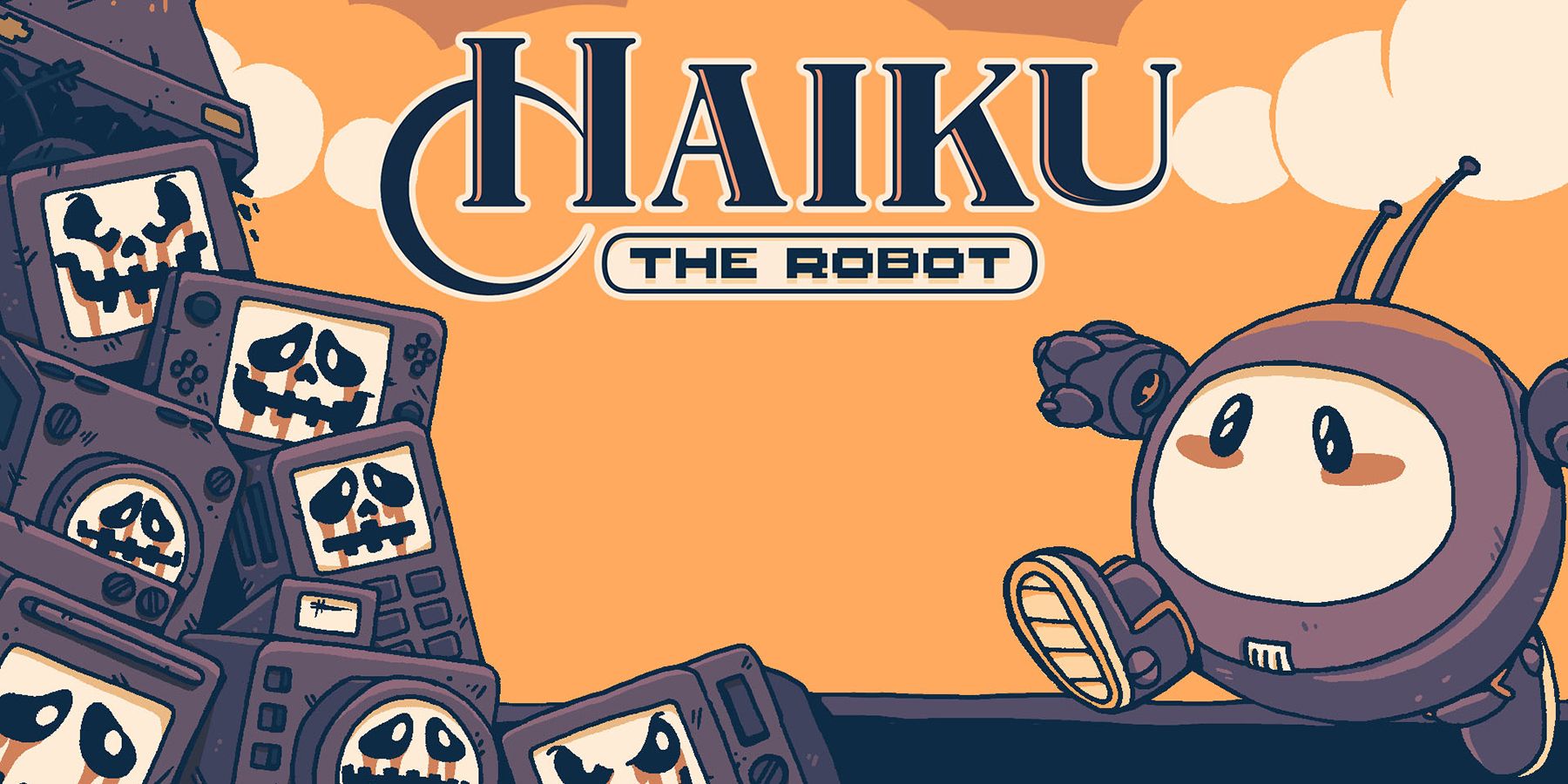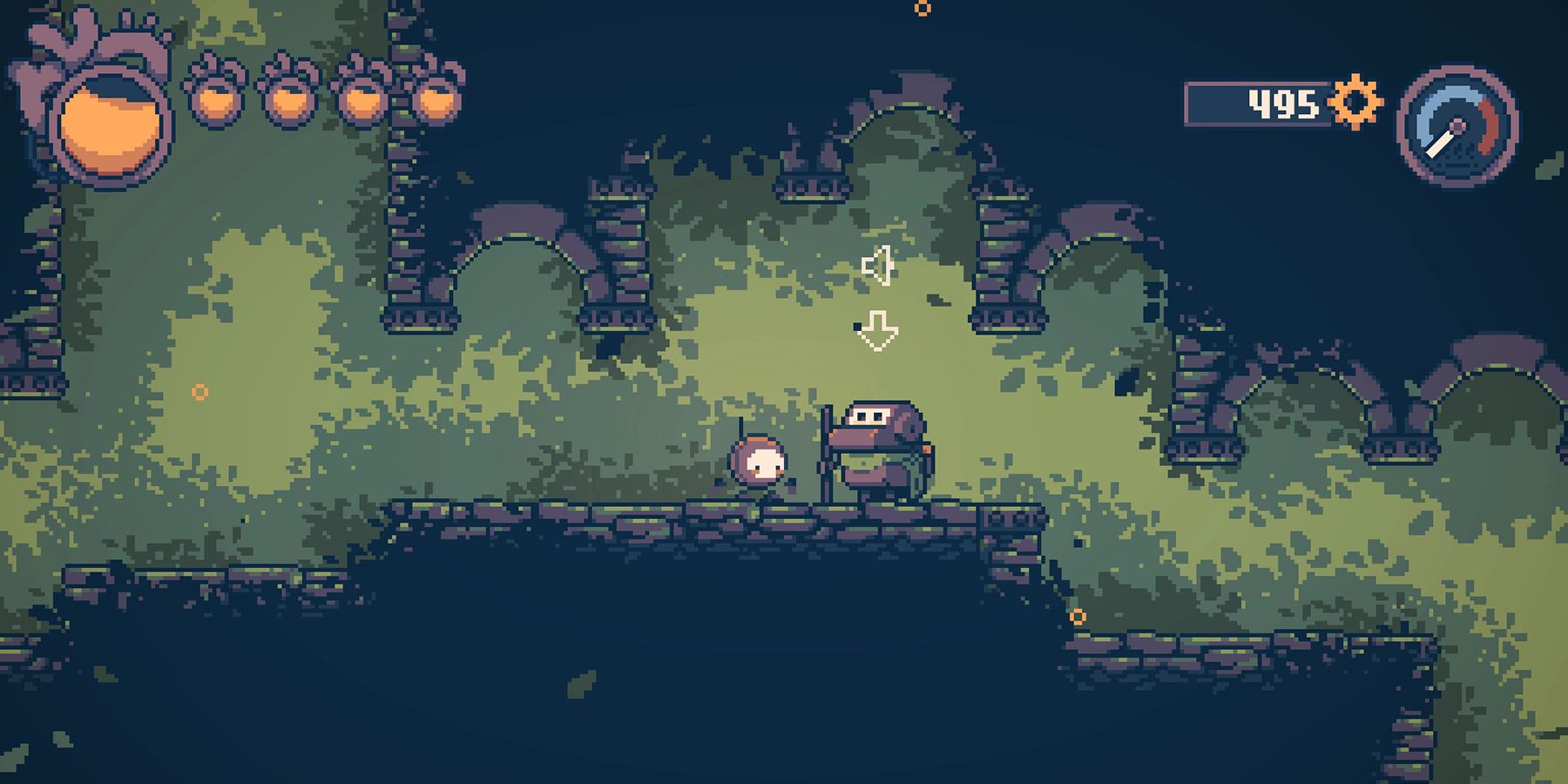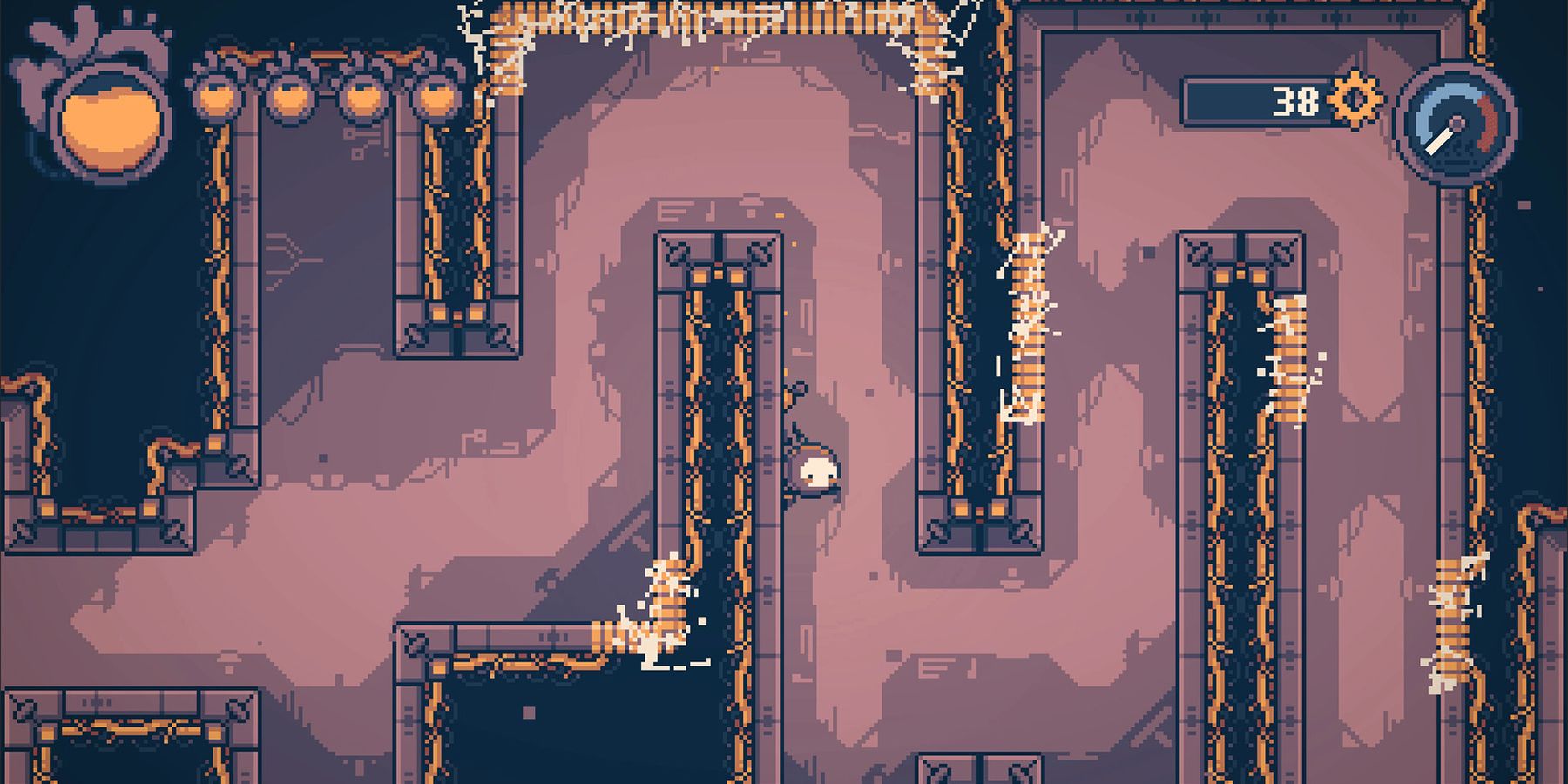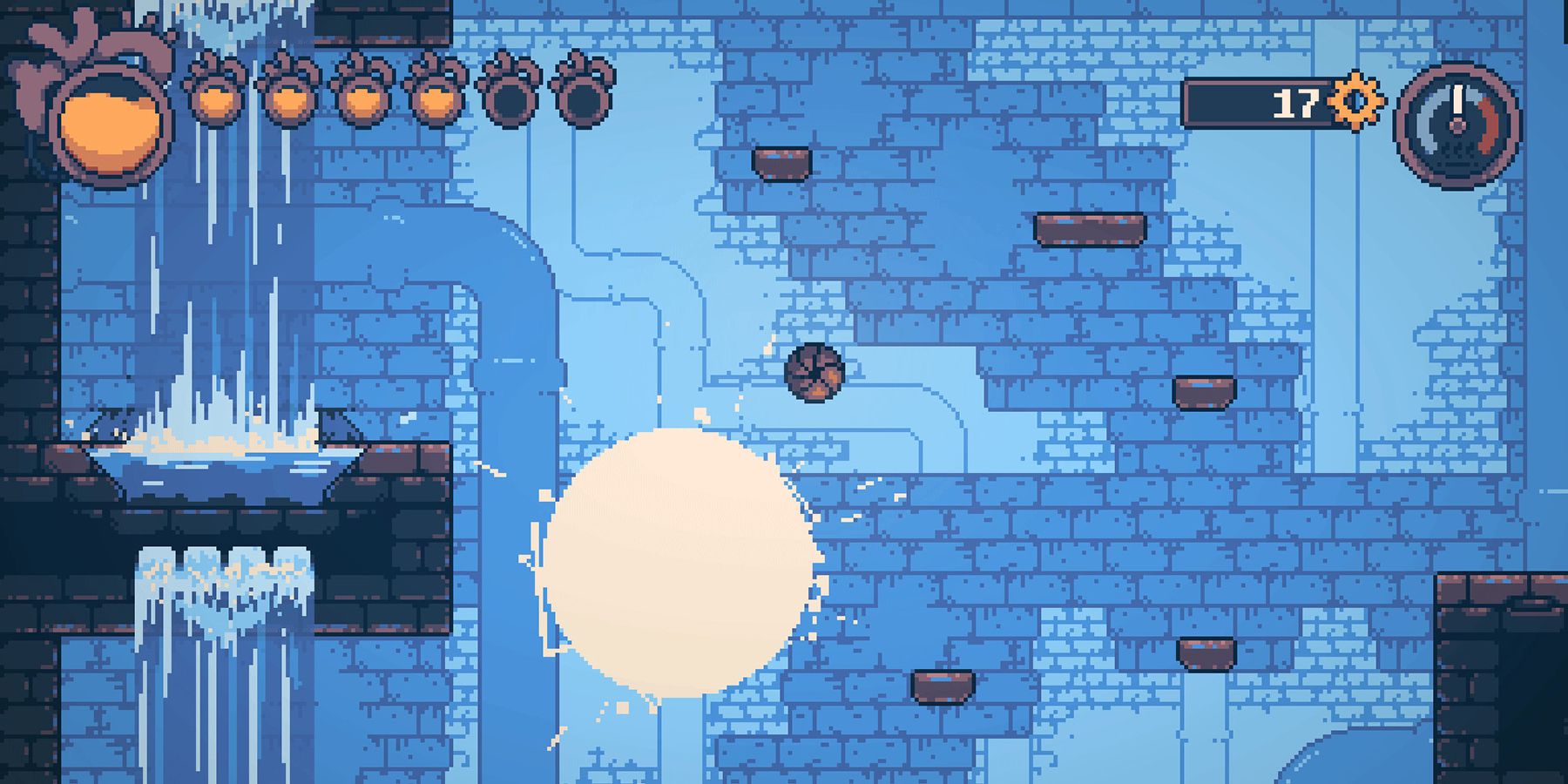After a successful Kickstarter campaign and over two years of solo-development, Jordan Morris' first game Haiku the Robot has arrived. The indie metroidvania boasts a Game Boy-inspired aesthetic, a cute hero, and some serious Hollow Knight energy. Hollow Knight is a hard act to follow, to say nothing of Metroid Dread, Blasphemous, Bloodstained, and many other modern takes on the metroidvania genre. Haiku faces stiff competition, but audiences have shown the title a lot of early support.
Game ZXC spoke to Morris about his unorthodox path to game development, design philosophies, and love for Pokemon. Interview has been edited for clarity and brevity.
Q: Can you introduce yourself and share your favorite metroidvania title?
A: I’m Jordan Morris, the sole developer of Haiku the Robot. It is a cute robotic-like metroidvania where you explore a large, interconnected world full of corrupted machinery. My favorite metroidvania has to be Hollow Knight, because it is the best modern title out there at the moment. And as you can tell from its imagery, Haiku is quite heavily inspired, or influenced by Hollow Knight. But if we are talking about older titles, I am a sucker for Super Metroid.
Q: How would you sum up Haiku the Robot?
A: It is an exploration adventure game. You explore the depths of a dying land called Arcadia, where you will have to fight fierce machines, befriend fun, quirky little robots, and explore a ton of secrets on your way. The goal of the game is to find out what has happened to this land. Why is it infected with a virus? Bit by bit, you will pick up pieces of the story about what happened in this post-human world. It’s a metroidvania, so you can expect smaller areas of the map to open up as you gain new abilities.
Q: What do you think the most important aspect of a satisfying metroidvania title is?
A: For me, it has to be a sense of exploration, and the sense of that exploration should be your own. I recently played Metroid Dread and I got very frustrated when they kept blocking off the paths behind you. So I couldn’t go back or explore as much as I would like to. And that’s something I really tried to emphasize in Haiku. At the beginning it is a little more linear, just to hold your hand a bit, but about a quarter or third of the way into the game it really opens up. You have the power to choose where you want to explore.
Q:On Haiku’s steam page, it says that the graphics were inspired by Game Boy-era titles specifically. Can you tell us how that aesthetic shaped development?
A: As I was doing this project solo, I had to brainstorm ways to speed up the development process. The art side especially, because art takes a long time to do. My favorite console growing up - I think my first console ever - was a Game Boy Color, so I have fond memories of that. And since I was looking to do a pixel art game, I looked to the games of the past—what they looked like when I played them. And I really liked that art style. It brings back good memories, and it speeds up the development project, which cemented the decision to go with simple, block color backgrounds, and a theme based on Game Boy games.
Q:In Haiku, players can befriend a number of friendly robots as well as battling enemies. Can you tell us about some of those characters, and Haiku’s story as a whole?
A: I really like the characters. They add a lot of liveliness to the game, which is something I was really hoping for when I started out this project and I think I achieved it quite nicely. Some of them are on their own little adventures. Some of them have come from other lands outside Haiku’s world and are exploring Arcadia with you. There are grumpy characters, there are fun characters. There are characters prone to sticking their noses into other peoples’ business who end up paying for it.
Q: Haiku allows players to customize their play style with a chip upgrade system. Can you tell us a bit more about how that works?
A: The chip and upgrade system is a little bit like Cuphead’s upgrade system. You have a certain number of slots for different upgrades. You upgrade your abilities according to your play style. There are three types of chips: red, blue, and green. Red chips are more combat focused, blue chips are more defensive like extra health or other things to help you survive a bit longer, and green are quality of life chips, like automatic money collection, more money, or help with mapping and so on. One chip will automatically mark parts of the map with a little question mark if you can’t currently traverse it. The benefit of having the three different colors is that it forces you to use some defensive and quality-of-life chips, so you aren’t just stacking all damage all the time. It’s a nice balance.
Q: Roughly how many traversal items will players discover in Haiku? Do you have any favorites you can share?
A: How many abilities are there? I forget. I’ve worked so much on this game that I forget the exact numbers. I think there are about eight or nine. And I have several favorites. The zipline is one. It’s really quite agile, and makes you feel like Spider-Man. It somehow turns this platformer into a Spider-Man game. The bomb ability combined with the roll ability. I think that just comes from my love of Metroid with the Morph Ball and bombs. Haiku’s ability is similar, though the bomb is quicker and more controllable. In Metroid bombs are kind of static. In Haiku, they are crazier.
Q: What was your Haiku Kickstarter experience like?
A: I don’t even know where to start. I am so grateful that I managed to have a successful Kickstarter. This is my first time making a game, and having that external motivation alongside me really helped me push it over the finish line. And without the funds, I wouldn’t have had the last year and a half to work on it full time. At my previous job I was very frustrated. Coming home every day with complaints. But these days I have no complaints. I’m in a much better place mentally. So I owe a lot to the Kickstarter community.
Q: You developed Haiku singlehandedly. Can you tell us about your background, and how you acquired all the skills necessary to develop a game?
A: About two-and-a-half years ago, I had never coded in my life. I worked in marketing where I did webpages through a content management system, which is basically like WordPress, so you don’t need any development knowledge. Prior to that, I had actually studied architecture. I had never touched code. I had done art, and I kind of had an interest in animation. I always loved the way Disney would do these animations where you put a page down, draw, and then build a scene layer by layer. So I will say I kind of had the art expertise already.
The coding and stuff I just learned from YouTube tutorials. I have not paid a single dollar on how to learn to code. Everything is from free tutorials on YouTube and through trial and error. So if anyone wants to get into game development, I would suggest you to start off on YouTube and just work your way through coding concepts, slowly but surely. I will say that I really enjoyed it however, which made it easier to continue doing tutorials and eventually start on my own stuff. I think that’s a key aspect to this sort of thing. As long as you are passionate about what you are doing, the rest will come easily.
Q: Roughly how long is a given playthrough of Haiku?
A: Six to eight hours is a good estimate. And I am underestimating the time here, because I can play it a bit faster, and my play testers are now very familiar with the game. So I will say eight hours is a good estimate.
Q: You mentioned Hollow Knight. What other titles inspired you, and how did they affect your development of the game?
A: I draw inspiration from a lot of places, to be honest. I’m a huge Pokemon fan, especially the older generation of games. I feel like the Pokemon franchise really emphasizes what I was discussing earlier. How they make you feel that your adventure is your own and is unique. For me, any sort of game that reflects or enhances that feeling, I look into them and draw as much inspiration as I can from them. All the NPCs that you find, all the worldbuilding stuff, the multiple routes you can take… to me Pokemon almost feels like a metroidvania, but I think you can say that about a lot of games.
Q: Does Haiku have a New Game+ mode?
A: Not currently, but there are plans to add a boss rush mode which was funded in the Kickstarter as a post-launch update. And, while it’s not exactly a New Game+ mode I am considering adding a permadeath mode, similar to the one Metroid Dread released.
Q: What can you tell us about the music and sound effects in Haiku?
A: The music and SFX are handled by a friend of mine called Guy Jones. We decided to move away from that 8-bit sort of sound design, even though the visuals are very 8-bitish. We wanted a more modern vibe and sound, removing ourselves from the 8-Bit inspirations. So you will be hearing fairly realistic sounds, while still obviously being in the context of a video game. Everybody who plays is very happy with the sound design. We’re leaning into the Metroid sort of sound design, touching on themes of isolation more than big melodies playing throughout the game.
Q: Metroidvanias have a long history. How did you modernize Haiku to keep things feeling fresh?
A: I wouldn’t say Haiku is a revolutionary game. It is another experience that fits into that category. So if you are someone who enjoys metroidvanias, or platformers, or Hollow Knight? My goal, because it was my first game, was just to replicate that feeling. It wasn’t about going out there and doing something new. Because at the time, I just didn’t have that skill set. Now I’m better at coding. Better at game design. I think it’s important to realize that this was my first game, so I wanted to use concepts that people understand, concepts that people are familiar with, nothing too new and crazy. My goal was to nail the metroidvania genre on its head.
Q: After you complete development on Haiku, what are your future plans as a developer?
A: As a developer, I have no idea yet. I really don’t know. It feels like I will cross that bridge when I get there. My focus is Haiku right now, and I’m trying to keep it that way. Just to minimize the amount of things that are going on in my head as I wrap this up.
Q: Is there anything else you would like readers to know?
A: I hope you enjoy it. I hope you get to explore the world of Arcadia, and enjoy the story because it was my first time doing this, and I’m quite proud of how it turned out. I just want people to enjoy the game.
[END]
Haiku the Robot is available now on PC.

